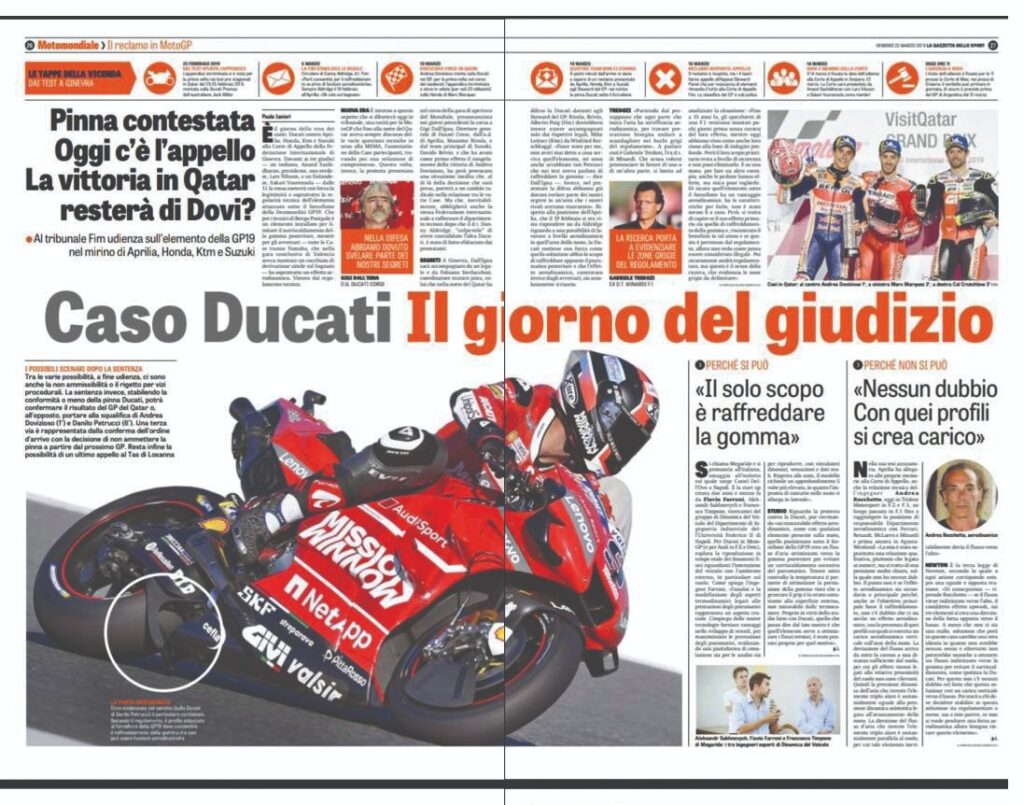It is no secret that Ducati has invested a lot of time and money into tire management. An investment born of necessity: the Desmosedici is the most powerful bike on the grid, with rumors of over 300hp, and getting all that power to the ground places massive stresses on the tires. Even the smallest gains can have a big effect.
One of the avenues Ducati have been exploring has been through software modeling. The Italian factory started a collaboration with MegaRide, a software company specializing in vehicle dynamics simulation which emerged from the University of Naples. That collaboration kicked up a lot of fuss in 2017 when news of the collaboration broke, though with it came a lot of misconceptions. Ducati Corse boss Gigi Dall’Igna helped clear up some of those misconceptions in an interview with MotoMatters.com at Silverstone in 2017.
Since then, the public focus on the collaboration has slipped. But the work between MegaRide and Ducati has continued, the Italian startup helping Ducati understand the performance of the rear tire, and extract even more gains from it.
To find out where the collaboration stood, I spoke to Gigi Dall’Igna at the Sepang test. The Ducati Corse boss is as guarded with his words as ever, but still gave an insight into their priorities for 2019, the challenges of understanding tire behavior, and how MegaRide is helping them with improving the performance of the Desmosedici.
New contract signed
The first thing I asked is how the collaboration was progressing. Dall’Igna announced they had extended the contract at the start of the year. “We improved a little bit for sure, otherwise we would not stay with them!” Dall’Igna quipped. “So we renewed the contract with them this year. Honestly, we are quite happy.”
The purpose of the collaboration was better understand the performance of the tire. “The reality is that I think the motorcycle world needs time to arrive at the point where now the car world is. Mainly, it’s because the motorcycle manufacturers and also the tire manufacturers didn’t spend a lot of money in the development of knowledge about motorcycle tires.”
The problem, Dall’Igna explained, is that the equipment needed to analyze motorcycle tires was difficult to build. “In the world there are really only a few devices that can measure the tire performance at the roll angle that a motorcycle needs,” he said. “Because mainly, all the devices are built for cars.” That is, they are flat rolling roads which a car sits on top of.
